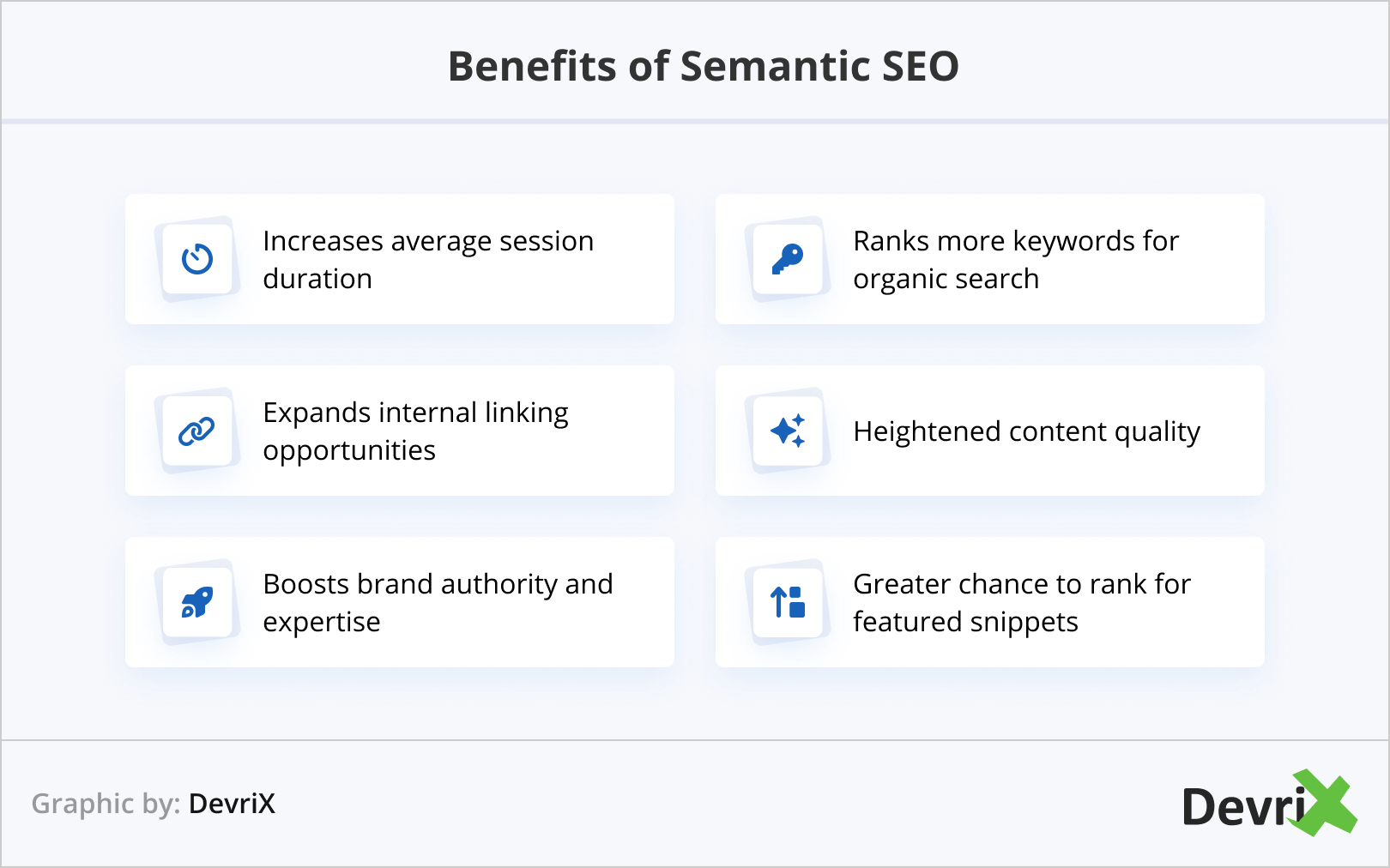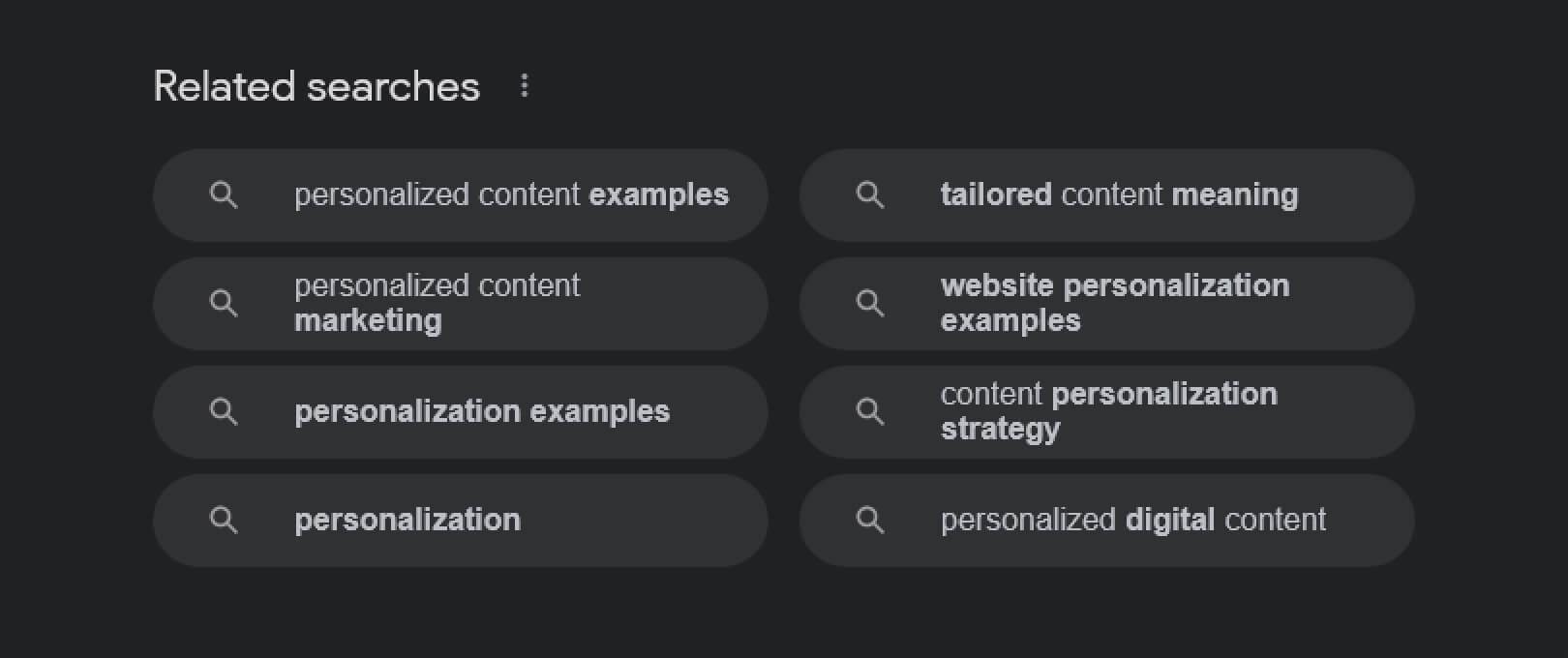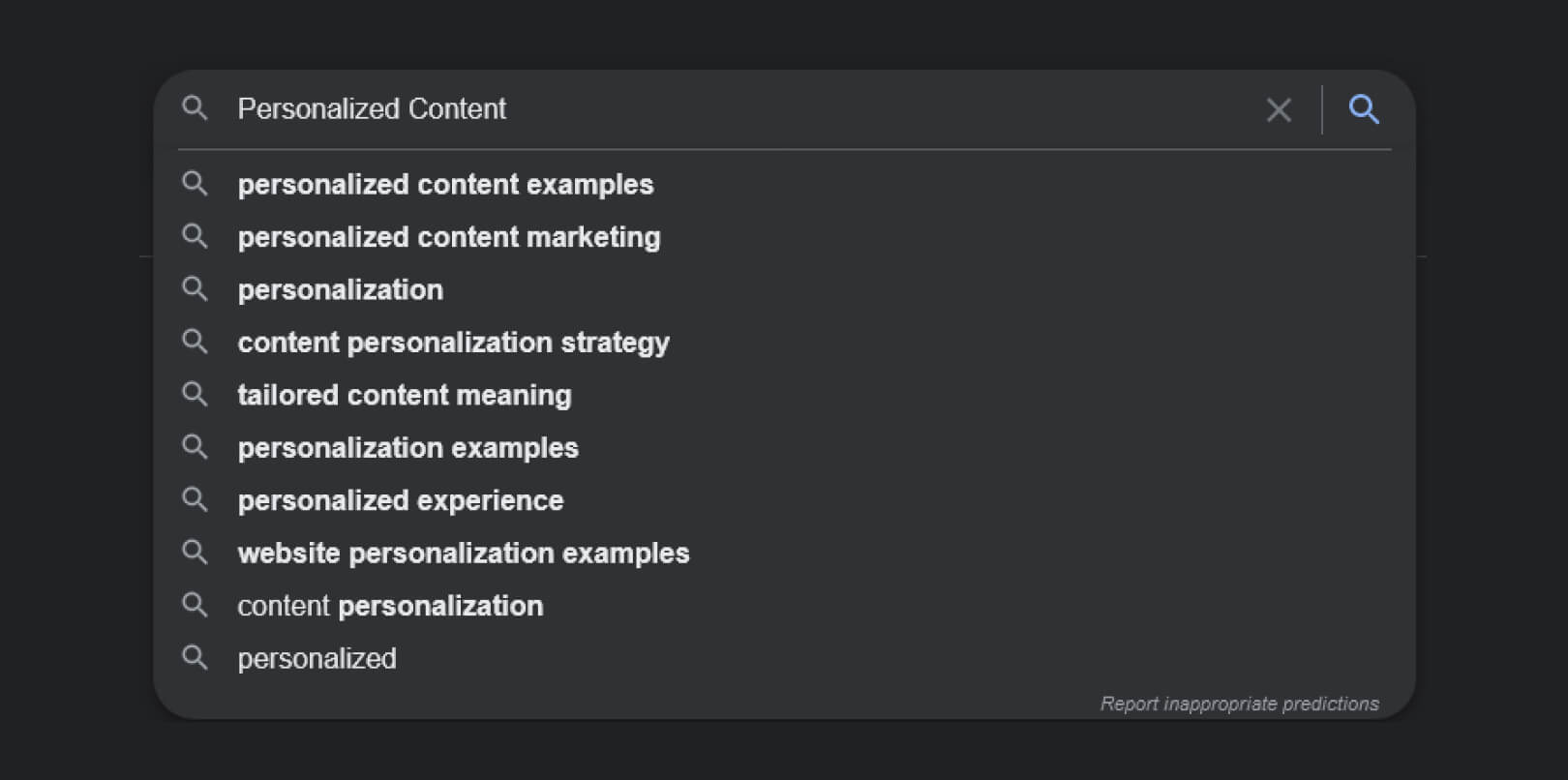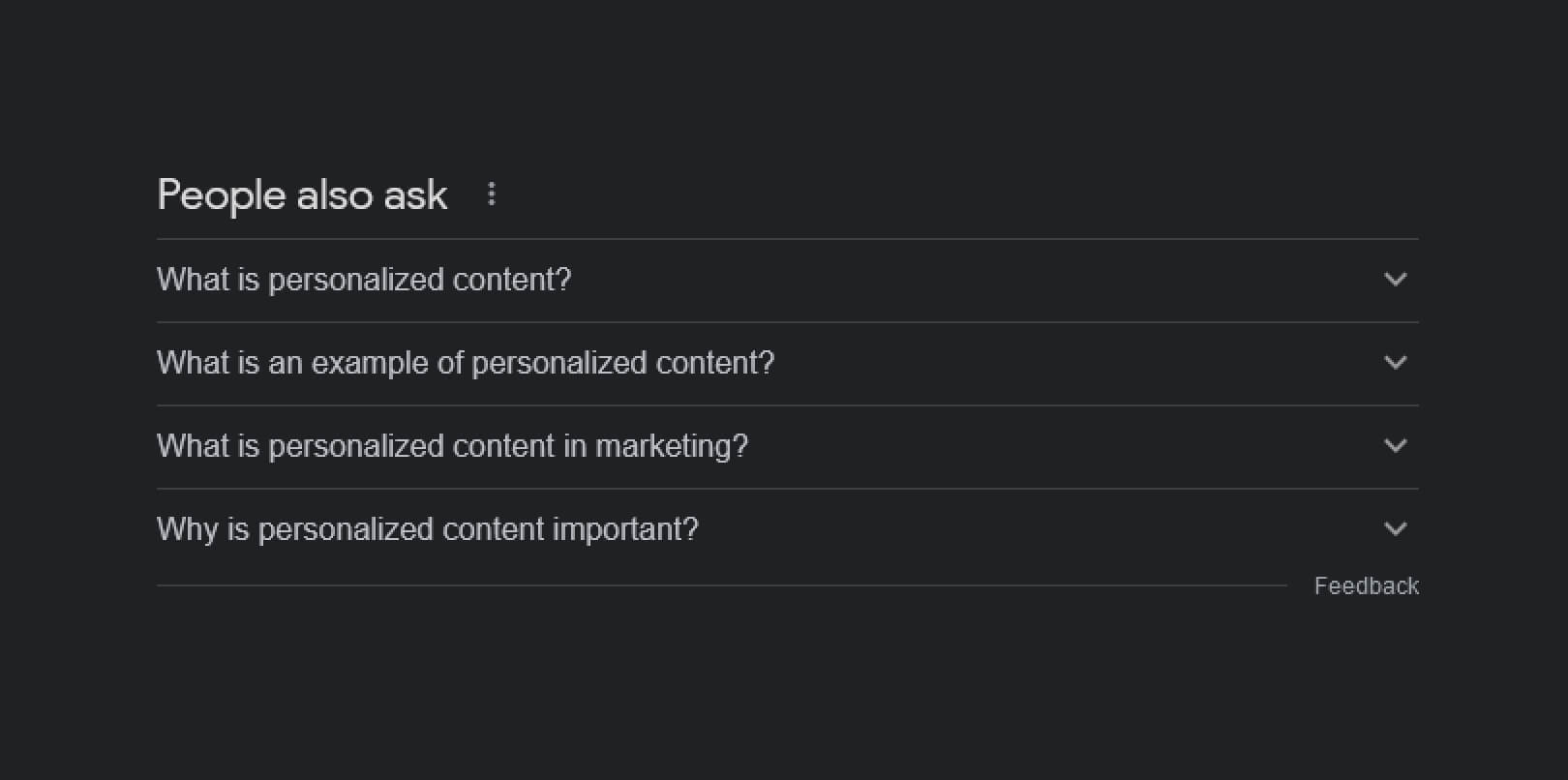In SEO, a lot of times we talk about expertise, authority, and trustworthiness. But how does one establish credibility and legitimacy? How do you send signals to Google that you are a master in your field, and your content is high-quality and professional?
Here’s where semantic SEO enters the room, sits around the table with a cup of coffee, and start talking about how it’s done.
Come, take a drink, join us, and let’s listen to what it has to say.
What Is Semantic SEO?
Semantic SEO is the process of writing content that is comprehensive, in-depth, answers all possible questions about a topic, and ultimately satisfies all possible user search intents.
How does it sound to be the best website on the internet for your topic?
There’s a high chance of that happening. Semantic SEO is all about that, to be honest. With the development of advanced bots, some improvement on the side of human interaction also bloomed.
It all started almost a decade ago. Before 2013, Google used to rank pages based solely on keywords, without the words necessarily have any meaning. In practice, websites were encouraged to do keyword stuffing, because it worked, and ranked them for the keyword they desired.
Then, Google’s Hummingbird and RankBrain algorithm updates (2013 and 2015 respectively) came out, both revolutionizing the way crawlers understand the context between queries, the relation of words in a sentence, and interpretation of search intents.
Now, thanks to natural language processing, Google’s crawlbots can look at an article, perform semantic analysis and understands its topic, related subtopics, terms and definitions, and how those different subjects relate to each other.
Benefits of Semantic SEO
Now, let’s see how a semantic SEO structure works and what it brings to the table.
- Increases average session duration
- Expands internal linking opportunities
- Boosts brand authority and expertise
- Ranks more keywords for organic search
- Heightened content quality
- Greater chance to rank for featured snippets

It’s true that using a semantic SEO strategy and finding the right semantic keywords takes more time, however, it’s well worth it.
1. Increases Average Session Duration
When a user finds all the information they’ve been looking for in your article, they will stay on your website longer, as they won’t need to hit back and search for more information on other search results.
This is a good sign for both UX and SEO. Plus, the user might be fascinated by your expertise and authority on the topic and go on to read more of your content, and follow your future publications, why not even become your client, if you offer products and services.
2. Expands Internal Linking Opportunities
The more depth you have in your article, and the more related phrases, terms and LSIs you use, the more opportunities for you to place internal links will arise. Once you cover the entire topic you’re writing about, you can easily place links towards other articles you have written on close subjects.
Let’s say you’ve finished an article on “How to Optimize Your Blog”, and you’ve done a great job, covering the topic in detail. Then, you remember you’ve written posts on “How to Optimize Meta Descriptions”, “How to Optimize For Featured Snippets”, “Guide to Writing Powerful Headlines”, and “Keyword Gap Analysis Tools”.
These are all articles you can naturally link to in your current post.
3. Boosts Brand Authority and Expertise
Once you’ve written a hundred articles about SEO or digital marketing, you’re bound to acquire expertise on the topic. Provided that you’re not simply spamming low-quality content, of course.
The point is, sticking to one or a few related topics, and covering all of their subtopics, will increase your brand authority and trustworthiness.
Think of Backlinko. It’s a website dedicated to all things SEO and marketing-related. In time, it has established itself as a very reliable and expert source of information, to the point where users specifically visit it for knowledge and tips.
Or when they see Backlinko in a SERP, they would prefer their article, instead of whoever is ranking above. It’s just a synonym for quality, and that’s how you want to position your website, as well.
4. Ranks More Keywords For Organic Search
Your overall SEO performance will benefit from more keywords in organic search results, as you will simply use more of them in your content. Before Google rolled out its updates that changed the rules of the game, you needed to optimize your content only around one main keyword.
Now, you can still prioritize one main keyword, but your article will also rank for dozens of others you’ve included in your text.
Context is much more important now than it was before. This is especially true, if you include LSI (Latent Semantic Indexing) keywords in your text. These type of “keywords” are ones that give additional insights about a topic and are very closely related to your actual keywords.
An example of LSI would be to use the words “speech recognition” and “computer vision” when you’re writing an article about machine learning. Both of these are not exactly keywords, in the classic sense, but they are phrases that help the reader (or bot) understand the context and enrich the topic depth.
Furthermore, the use of LSIs helps crawlers understand what you’re writing about when it’s not distinguishable from the title alone. For example, you’re writing about Iron Maiden. But is it about the band or the torture device? Using words like music, heavy metal, and concert will let Google know you are indeed writing about the band, and not the torture device.
5. Heightened Content Quality
Using a semantic SEO structure is bound to leverage the quality of your content. After all, you have to cover topics in detail, instead of just barely scratching the surface.
For instance, it’s one thing to say that machine learning is the future. A completely different approach is to explain how natural language processing, computer vision, and so on, help artificial intelligence to accurately predict outcomes, without being specifically taught to do so.
To then elaborate more on each process, you can provide real world examples, if possible, or case studies/experiments. Also, cover semantic subtopics like artificial intelligence as a service, and chatbots will make your content more appealing, and of higher quality.
You want to be among the best? It’s entirely up to you. Create consistently high quality articles, and cover everything that’s in your field.
6. Greater Chance to Rank For Featured Snippets
To rank for a featured snippet, you must first rank on the first page of the SERP. Ranking on the first page means you have expertise and authority on the subject, and those come by writing top-notch, extensive articles.
It will be impossible to obtain a position 0 for a query about “SEO content strategy” when your website specializes in software reviews, for example.
Even if you do write and optimize an article around that keyword, Google will see right through you, and rank the article somewhere between position 60 and 100+, basically rendering your efforts useless.
That’s why it’s important to have topical authority. Google is smart in 2022, what should it trust you, who have never written about SEO before, instead of authority websites that have written hundreds of articles on search engine optimization.
Keyword Research For Semantic SEO
You might be wondering what is the difference between your standard keyword research process and researching for semantic keywords.
Here’s the deal.
You don’t just focus on one query and keyword, instead you take a look at the bigger picture. Focus on the entire topic and many queries that are connected.
Let’s take a look at an example.
You want to write about “Personalized content”. You can start your keyword research by using Google. Take a look at the related searches at the bottom of the page, as well as the auto complete, and People Also Ask box. These are all keywords on their own, closely related to the context of your topic.



Next, of course, you can use keyword research tools like Semrush and Ahrefs to obtain even more variations and related terms. After that, you can check Wikipedia to find LSIs.
For this particular keyword, you can check the “Personalized marketing” article. From there, you can obtain an abundance of latent semantic indexing terms like behavioral data, big data, mass customization, targeted advertising, hypertargeting, personalized pricing, beacon technology, and so on.
Once you’ve gathered all your keywords and LSIs, it’s a good idea to sort them into smaller, related groups, so it’s easier to view and use them. Of course, the golden rule is always in place: fit the keywords into your text naturally, do not stuff them for the sake of using them.
How to Optimize Content For Semantic SEO
There are things you need to keep in mind when optimizing your content for semantic SEO.
1. Write long-form content. Long content is something that you cannot overlook, if you want to properly optimize your text for semantic SEO. After all, you can rarely cover a topic in detail with just 500 words. It’s better to write 2,000, 3,000 or even 5,000+ words, or in simple terms, until you’ve completely depleted the topic. Of course, the goal is not to fill your article with fluff just to reach a target word count. Your aim should be to write a comprehensive article, leave the word count for when you’re finished.
2. Include conversational keywords. Voice search is growing more popular every year, so it makes sense to think about terms users would say. Leave the robots aside, and focus on natural language, meaning phrases people would say when performing a voice search.
3. Use SEO semantic markup. Semantic markup, a.k.a. content markup (HTML), is a structured approach to page elements like headings, navigation, lists, paragraphs, sections. This helps search engines understand which parts of your page contain which information. For example, if you place the tag, <article> search engines will know everything between the tags (like headers and sections) refers to the subject of the page. It’s really not a big hustle on your end, and as a reward for your efforts, you get a bonus: structured data can provide rich snippets, which can increase your click-through rate.
4. Use LSIs. We already talked about LSIs a lot, so let’s just add that implementing them into your content will also increase your chances of ranking for long-tail keywords.
Summary
Semantic SEO is a process that can leverage your website from zero to hero. You can truly become one of the top experts in your niche, however, you need to be consistent with delivering high quality content, and completely deplete all the information regarding your field of expertise.
Feel free to follow our advice and don’t forget to share your achievements in the comments below. Talk to you soon!




